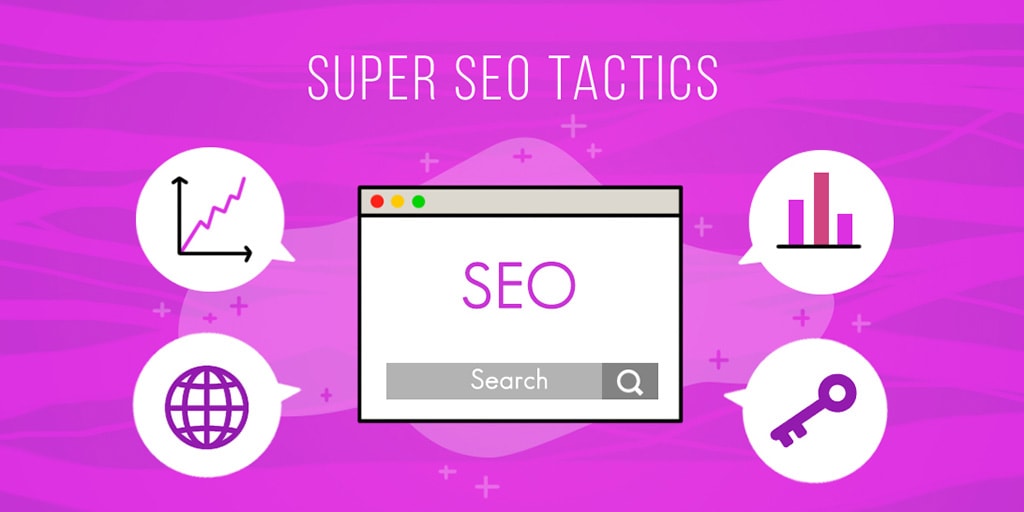Every business needs to document its plays, policies and procedures so they can be absorbed and replicated across the organization. In order to operate efficiently, everyone needs to be working from the same manual so they can understand how to do their jobs and what is expected of them.
Without proper documentation, your business is trying to steer without a rudder. There is no consistency in how your company does things, and you will struggle to deliver a quality product or service. New employees will feel like they are entering into chaos, as even senior managers are confused about the proper processes.
That’s why you need a business playbook – a document which we’ll teach you how to create an awesome business playbook with simple steps in this article. You’ll need to be thorough but concise when creating your business playbook, as it will serve as a manual for your team to rely on.
Table of Contents
- What is a Business Playbook?
- Types of Business Playbook
- What Are the Benefits of Having a Business Playbook?
- Steps in Creating a Business Playbook
- Checklist for Creating a Business Playbook
- Business Playbook Templates
- Examples of Business Playbook
- Get Ready to Create your Business Playbook with Document360
What is a Business Playbook?
A business playbook is a very simple type of document that brings together a company’s processes, practices and policies. Also known as a corporate or company playbook, the business playbook makes the company’s processes explicit and records them for anyone to learn from.
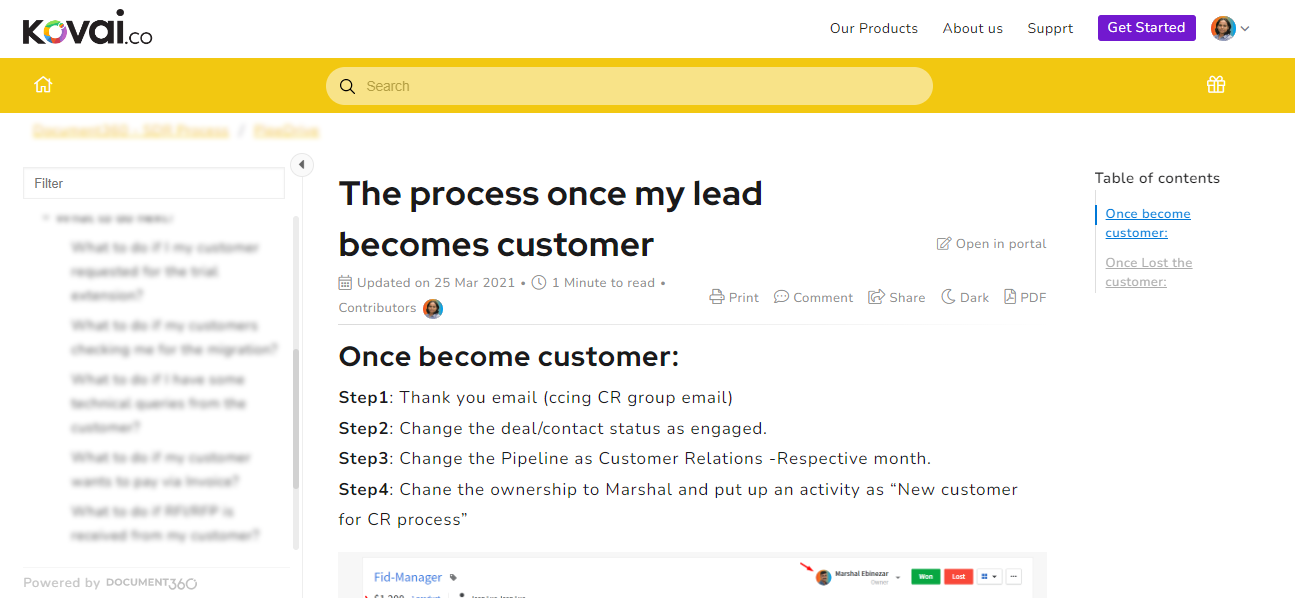
You may have heard of standard operating procedures. Well, a business playbook includes these and more. It will tell employees how the company operates to help them replicate procedures for themselves. Using the business playbook, employees can learn exactly who is responsible for what and why a company operates as it does.
A business playbook can be used in many different scenarios, from onboarding new hires, to training existing employees, to covering for employees who are on an extended leave of absence. It works as a guide for employees who want to understand the purpose of the company and how it functions to achieve essential business goals.
Types of Business Playbook
There are a few different types of business playbook that you might want to create for your company.
Company Playbook – this type of playbook gives a general introduction to the company and covers its mission, purpose and values. Employees can learn about the purpose of the company and how it achieves its goals.
Operations Playbook – an operations playbook makes explicit how a company delivers its service to its customers. It gives insight into the different job roles of everyone in the company.
Sales Playbook – a sales playbook outlines the specific process that employees must go through when selling products or services to customers.
Channel Playbook – a channel playbook is for third parties that a company partners with to tell them how to go through the process of selling their products.
Marketing Playbook – a marketing playbook is for teaching market professionals how to sell their product to prospective customers and start moving them up the marketing funnel.
Customer Service Playbook – a customer service playbook tells employees how they are meant to deliver excellent customer service to their customers.
Human Resource Playbook – a human resources playbook outlines the policies and procedures that the company follows when managing personnel.
What Are the Benefits of Having a Business Playbook?
You might be wondering why your company should take the time to create a business playbook.The following business playbook benefits will make you nod for the time they spent.
Make Time for Your Workers
When you have the benefit of a business playbook, you don’t have to start from scratch every time you launch a new project or follow an established procedure. Employees can simply consult the playbook to find out how it has been done before and avoid missing out on vital steps that might slow down productivity.
Aids Consistency Through Simple Instructions
When employees have simple instructions they can follow to get the job done, it doesn’t matter who performs the task because you will always get the same consistent result. Consistency in your operations helps ensure the same quality product or service is delivered to your customers because the steps are well-documented.
Boost Productivity and Efficiency
If employees aren’t wasting valuable time hunting for information or trying to find the right person to consult, they can spend more time on productive and results-driven tasks. Employees have access to the best way to perform a task and best practices they can follow, so they are more efficient when deploying procedures.
Provides Competitive Edge
A company that has documented its policies, procedures and best practices has a competitive edge over rivals who are less organized. It will be able to attract a better caliber of employee because candidates can sense that here is a company that takes its business seriously. Companies are able to replicate the projects that bring them the most success in the marketplace and consequently beat the competition.
Increase Collaboration and Communication
When employees know who is responsible for what procedure, this fosters better collaboration and communication between different departments. Instead of duplicating existing work, employees know how they can go to for help and they can also share their knowledge with others. A business playbook therefore provides transparency into the workings of a company and reduces organizational silos.
Fosters Better Decision-making
With a well-thought-out business playbook, employees can make better decisions because they have all the information needed to do their jobs. There is less fear over making a mistake because the playbook makes operations explicit and employees can come to deeply understand business goals.
Ensure Regulation Compliance
Many businesses work in industries that must follow strict regulatory guidelines. A playbook helps you comply with these regulations because it enables employees to follow established procedures. Employees are aware of what is expected of them and there is less chance of error or making a mistake.
Simplifies Onboarding and Training
New hires are at an advantage with the business playbook because it simplifies onboarding and training. They are less reliant on managers to answer their questions and can learn about the business independently whenever they get stuck. The business playbook gives insight into the company that would otherwise only be available to more experienced employees.
Also Read : Things You Should Be Aware While Creating Onboarding Documentation
Steps in Creating a Business Playbook
Now, we’re going to look at the steps you need to follow in order to create a successful business playbook.
1. Determine the Target Audience
The first step you must take in creating your business playbook is determining the target audience. Will this be everyone in your company or are you targeting specific teams or individuals? Consider, if your company has a global workforce, whether English is the most appropriate language or whether you will require translations.
2. Set Objectives
Think about the overall purpose of your business playbook and go from there. Is it to increase efficiency of your processes or teach employees more about the purpose of your company? Once you’ve defined your goals, you’ll be in a better position to start gathering content for your playbook.
3. Make Your Squad
Creating a business playbook is a team effort. Assemble a group of employees who will be responsible for developing your content and presenting it in such a way as to be accessible to the whole company. You’ll need employees from all different levels within the organization and also a robust review process with seasoned editors.
4. Choose the Appropriate Tool
An employee handbook either needs to be hosted online or distributed through printed copies. Many companies opt for knowledge base software like Document360 because it’s easy to host your business playbook and make changes as needed. You can restrict access to your playbook and ensure that it is only available internally. Printed handbooks can get out of date very quickly and are also much more costly to produce.
An intuitive knowledge base software to easily add your content and integrate it with any application. Give Document360 a try!
GET STARTED
5. Make a Template
Don’t create your content from scratch every single time. Using a repeatable template helps ensure consistency in your documentation and empowers any author to start publishing great content. This gives your playbook a much better user experience and feels less like a jumbled mixture of contributions.
6. Organize the Content
You’ll need to organize the content of your business playbook into different sections so it feels like there is some sort of order to your documents. Your sections could include areas like:
- Company vision and values
- Organizational culture
- Job roles and responsibilities
- HR policies
- Standard operating procedures
Your structure will be unique to your individual company and processes, so take some time to consider how your information should be presented.
7. Collect Relevant Data
When you know exactly how your business playbook should look, you can start filling in the blanks with relevant data. You can assign individual employees as authors for your content and conduct interviews with them to find out how they conduct their particular job roles. Make sure to review all your current policies and procedures to find out which should be included in your playbook.
8. Make it Available
Publish your business playbook in a place that is easily accessible to your entire target audience. The playbook is no good if employees don’t know where it is or how to access it. Hosting your playbook using knowledge base software is the perfect way to make it available to anyone with the right login credentials in your company.
9. Track, Analyze and Tweak
Once you’ve created your business playbook, don’t forget about it and assume your job is done. Review the analytics in your knowledge base software to find out which content is missing or needs improving. Consistently gather feedback from your users to find out how they feel about your playbook and any changes they would make.
Checklist for Creating a Business Playbook
Now, there are some important things to remember when creating your business playbook.
Make Everything Easily Accessible
If your business playbook isn’t easily accessible, you can’t expect your employees to use it. Rather than hiding it away in a shared drive, link to it directly from your intranet’s homepage or regularly email out content updates when you make them. Accessing your business playbook should be easier than firing off an email to a colleague.
Mention Clear Company Values and Vision Statement
Employees want to know about what your company stands for and a vision statement clearly communicates this. This is especially important for new hires who are learning about your culture and wanting to understand how they should behave. It’s critical to make your values explicit so that everyone is on the same page.
Check that Content is Up-to-date
There’s nothing worse than a business playbook that is out-of-date because then employees stop trusting the validity of the content. Get rid of articles that are no longer relevant and regularly flag your articles for review. Your business playbook should be a living document that employees know they can rely on.
Make it Adaptable and Scalable
You never know when you will be adding more content to your business playbook, which is especially likely as your company grows (driven by the success of your playbook!). Make sure that the way you present your playbook is adaptable to different scenarios and scalable for future content.
Avoid Information Overload
It’s tempting to document absolutely everything but that’s not the right approach for your business playbook. Only capture what is essential for the running of your business or employees will be overwhelmed with information. Employees aren’t looking for an encyclopedia but rather simple instructions and best practices.
Make it Exciting and Interactive
Images and videos bring your online business playbook to life, and ensure that employees find it more engaging than through interacting with text alone. Allowing your employees to comment and give feedback turns your playbook into an interactive resource.
Avoid Using Generic Material
Make your business playbook as specific as possible so employees know that it is relevant to them and their team. Boilerplate messaging will turn employees off and give the impression that your content is not helpful. Employees want insight into your individual company and information that will help them complete their own procedures and processes.
Integrate with Onboarding and Other HR Tools
Make sure your business playbook is integrated with other onboarding and HR tools so that employees undergoing initiations will be aware of your document. Make it easy for your users to search the playbook for answers to any questions they might have and ensure that your playbook comes up when they are completing HR processes.
Establish Deadlines
When creating content for your business playbook, make sure your contributors are aware of deadlines for publication. Keep content production rolling to ensure that your playbook stays fresh and relevant, and remains a valuable resource for everyone in the business.
Business Playbook Templates
This template shares the key elements of a typical business playbook, including strategy, jobs and recruitment.
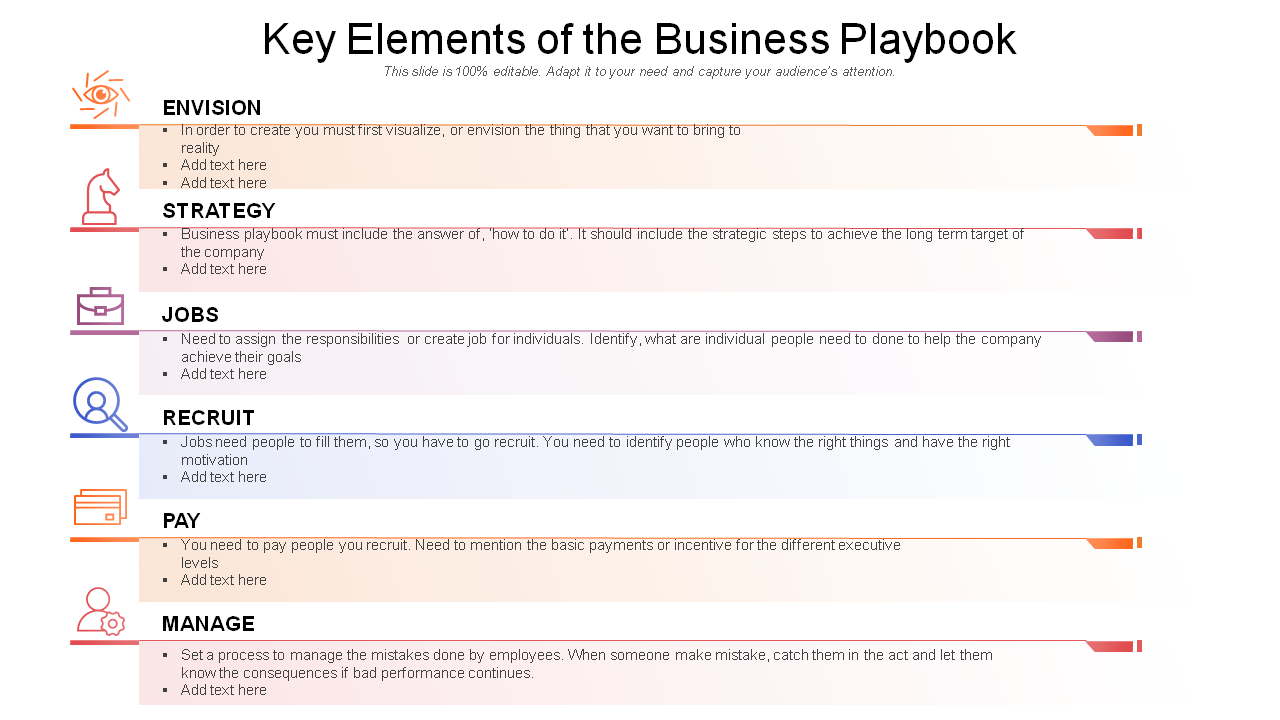

Here’s an example template for a playbook that talks about organizational strategy and process.


Here’s a template for businesses looking to create a sales playbook, including each different stage of the sales process.
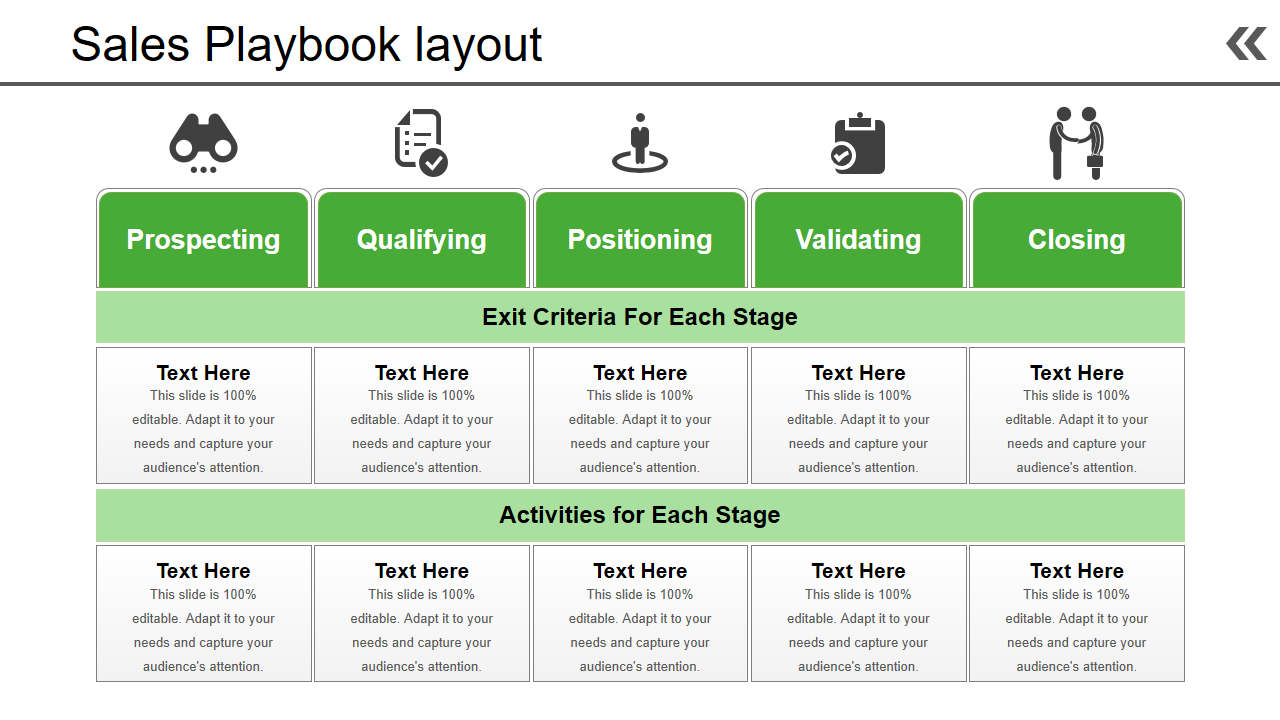

Examples of Business Playbook
Here’s an example of a sales playbook from AIG.
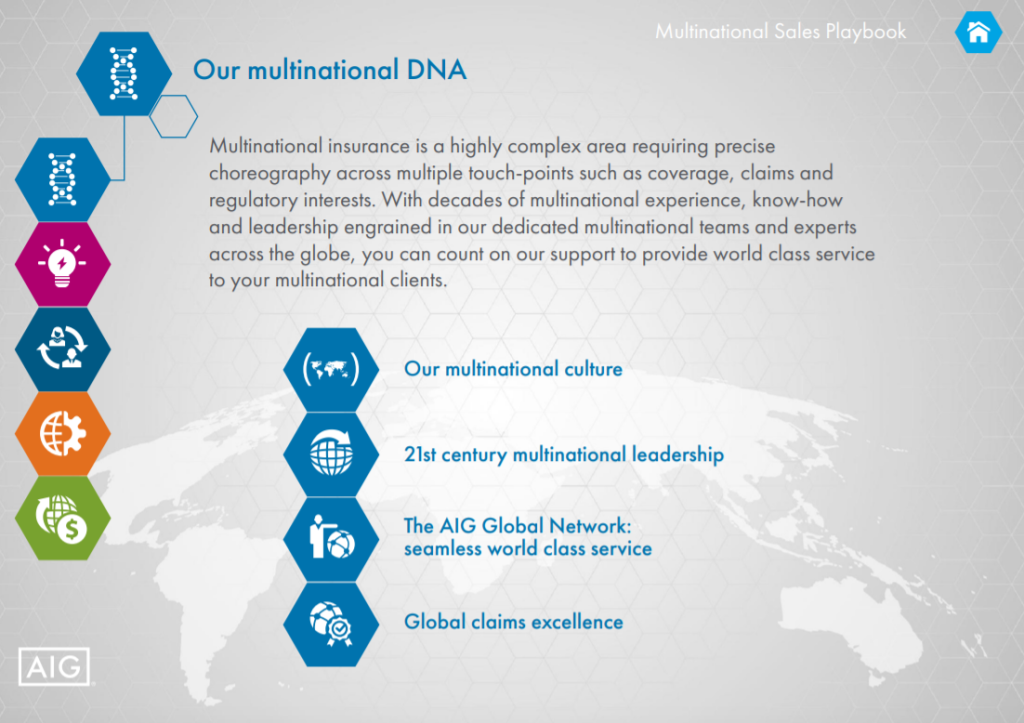

Here’s an example of a business playbook from Microsoft Azure.
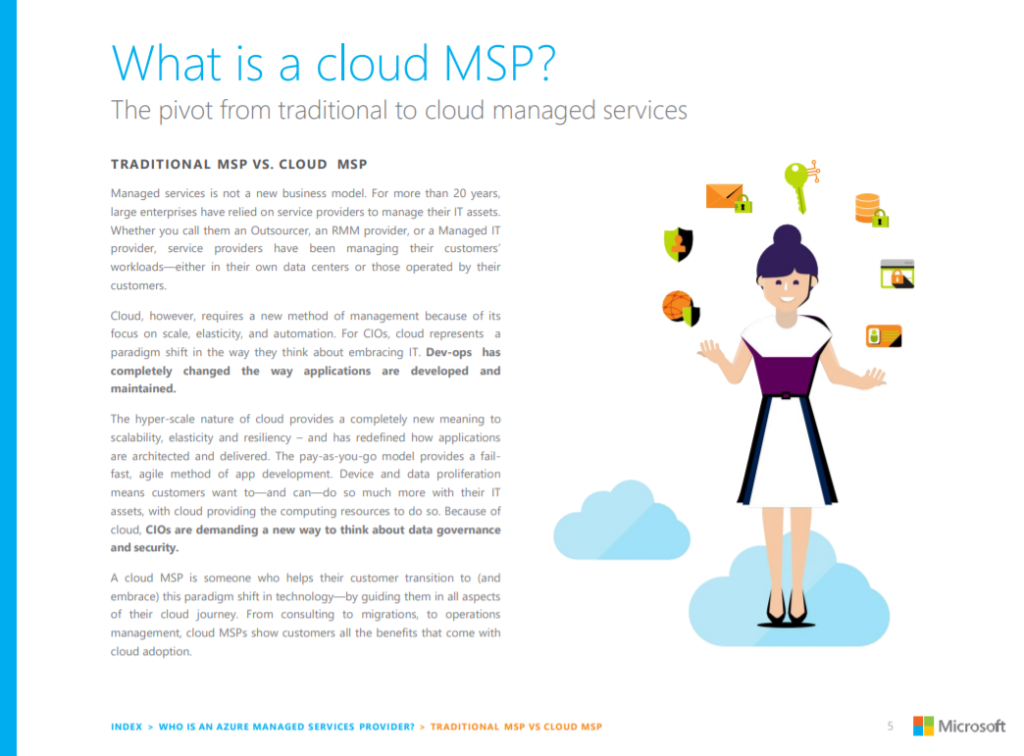

Get Ready to Create your Business Playbook with Document360
As we’ve already mentioned, a great choice for creating your business playbook is Document360. With Document360, you can host your playbook online and easily make changes using our cloud-based editor. You can give editing and publication rights to a number of employees to always make sure that building your playbook is a team effort.
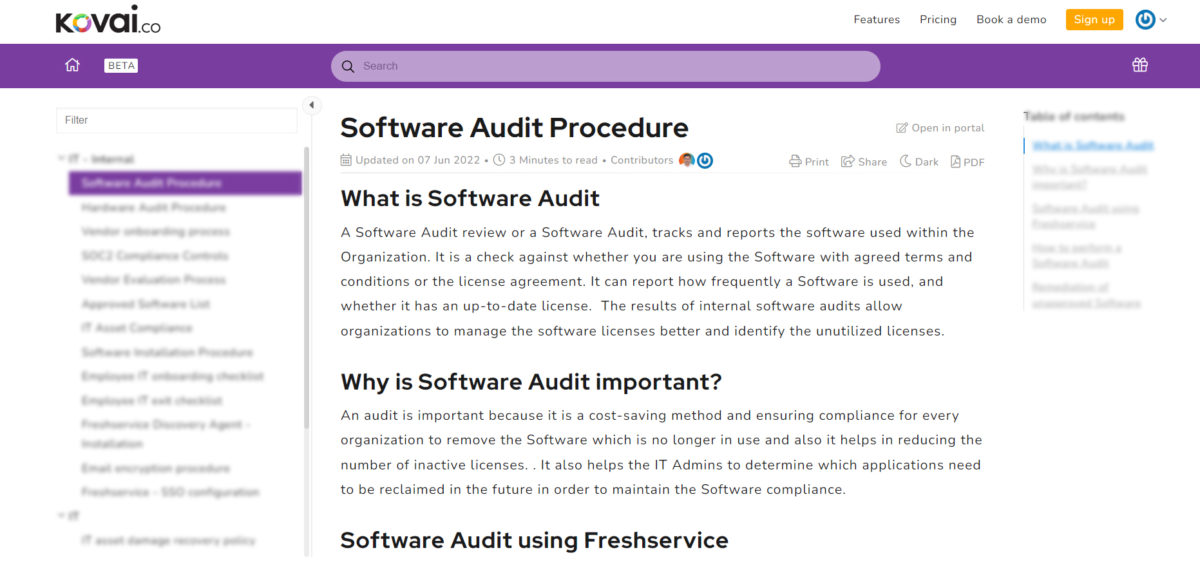

With enterprise-grade security, you never have to worry that anyone unwanted is going to gain access to your playbook. You can ensure that only your team members have access to your content using a variety of authentication methods. Hosting your playbook on the web means you can benefit from Document360’s in-depth analytics which tell you how users are consuming your content.
Your business playbook can look professional and customized with Document360’s WYSIWYG editor combined with HTML and CSS. You can create your ideal user experience for your playbook and ensure that employees enjoy interacting with your content. Document360 supports multilingual translations so you can guarantee that your playbook caters for an international audience.
Interested in Document360 Knowledge base? Schedule a demo with one of our experts
Book A Demo


Wrapping Up
Now you know what a business playbook is, we know you can’t wait to start creating one for your company. Employees will reap untold benefits from having your policies and procedures documented, as well as having access to best practices and recommendations that they could only get from your seasoned employees.
When you’re armed with the right tools like Document360, you know you can easily and effectively create a business playbook that serves its purpose for your users. Employees can find and discover content that makes them more productive and happier in their jobs. Your business can offer a superior service and increase revenue as a result.





